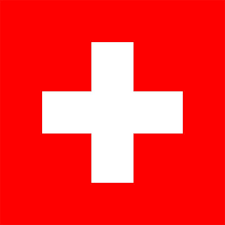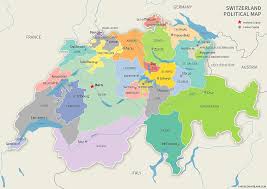Switzerland
Swiss survey on salt intake: main results.
A. Chappuis, M. Bochud, N. Glatz, P. Vuistiner, F. Paccaud, M. Burnier
Centre Hospitalier Universitaire Vaudois (CHUV), Lausanne, Suisse. (2011); pp. 1-32.
Executive summary
The Swiss Federal Office of Public Health (FOPH) has launched a nationwide strategy on dietary salt reduction for 2008-2012. The aim of this strategy is to reduce intake to less than 8 g/day in the population. The long term goal is to stabilize salt intake to the WHO recommendation of less than 5 g/day.
In this perspective, a nationwide survey was conducted in 2010-2011 to estimate the mean dietary salt intake using a 24-hour urinary collection obtained from a random sample of 1448 people from the population aged 15 years and over in eleven centers from nine cantons (Basel, Fribourg, Geneva, Luzern, St-Gallen, Ticino, Valais, Vaud, Zurich), covering three linguistic regions (French, German and Italian) of Switzerland. Blood pressure was measured five times on two separate days. The first measurement of each day was discarded and the average of 8 measurements used. Hypertension was considered as present if average systolic and/or diastolic blood pressure was =>140/90 mmHg or current antihypertensive treatment was reported.
Urinary salt excretion was 7.8 (3.3) g/24h in women and 10.6 (4.2) g/24h in men (mean +/- standard deviation). The difference between men and women resulted from a shift of the entire distribution towards higher values among men. Only 21.6% of women and 6.0% of men had urinary salt excretion below the recommended level of 5 g/24h, with similar percentages across age groups. Hence women were three to four times more likely than men to reach the recommended target. This sex difference mainly reflects the higher energy intake in men compared to women. We observed regional differences with salt excretion being 7.2 (3.1), 8.1 (3.4) and 7.6 (3.2) g/24h in women and 10.3 (4.3), 10.7 (4.1) and 10.5 (4.3) g/24h in men from the French-, German- and Italian-speaking regions, respectively. Such differences might reflect region-related dietary habits. [ ... ]
Read the full Report here.


Salt intake (g/day) in
Switzerland (2010-11)
| Mean | SD | |
| Men (n=706) | 10.6 | 4.2 |
| Women (n=742) | 7.8 | 3.3 |
| All (n=1,448) |
9.1 |
Method: 24h urine collection
